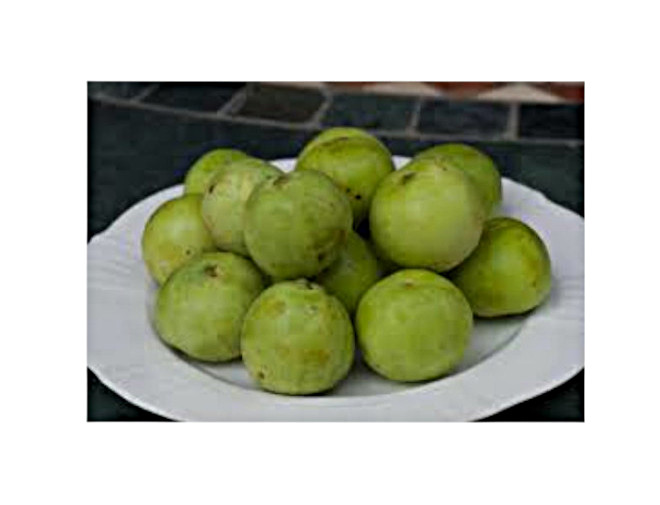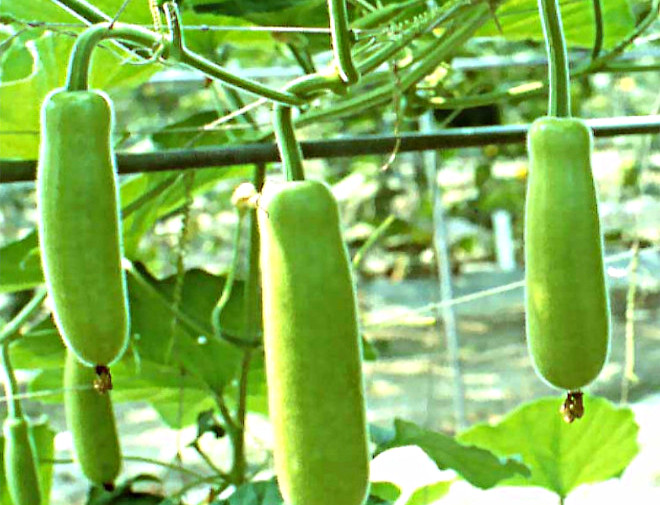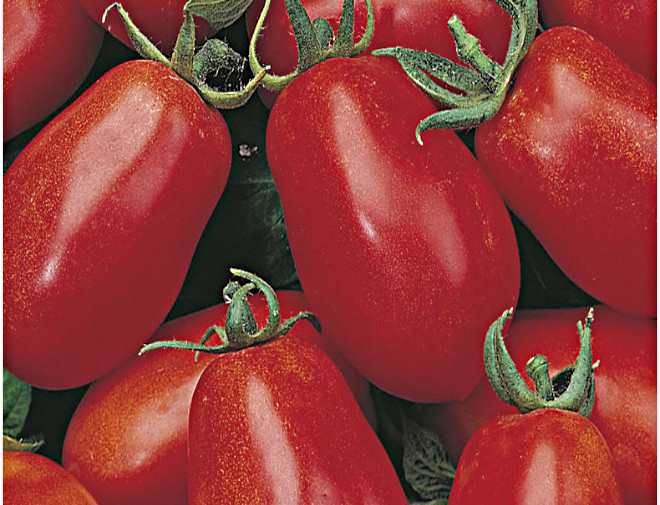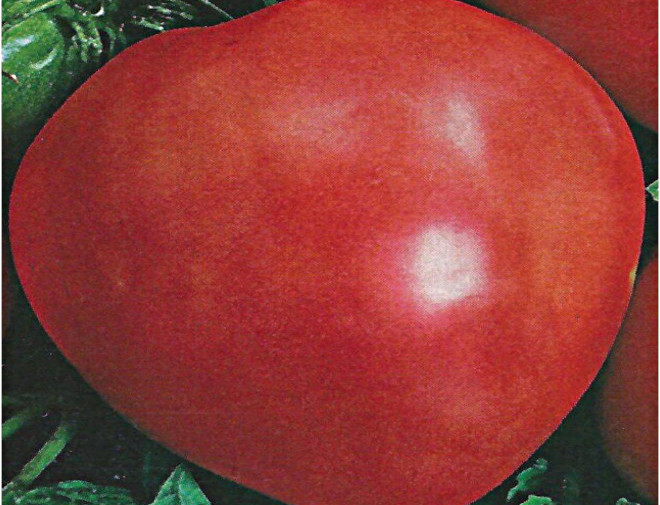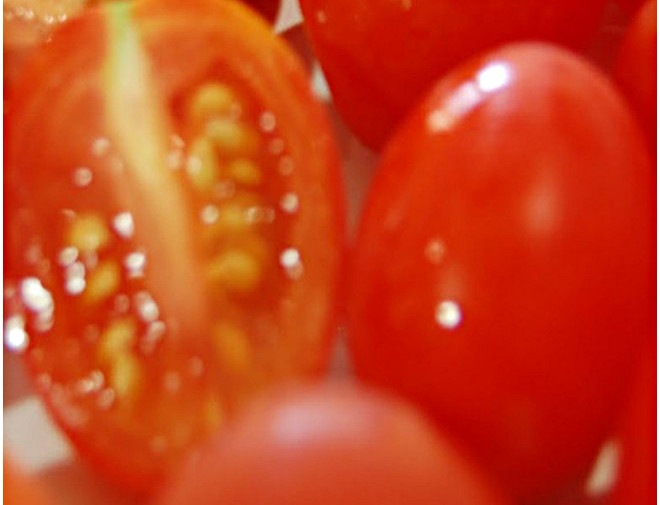Tinda/ Indian squash Seeds
The one of a kind Tinda squash melon gourd is indigenous to India. The round, light green organic product weigh just 3 to 4 ounces at reap. The furry 4′ long vines bloom inside 30 to 35 days, and the smooth organic product is prepared to pick 2 to 3 weeks after the fact
₹55.00 Original price was: ₹55.00.₹35.00Current price is: ₹35.00.
Description
The one of a kind Tinda squash melon gourd is indigenous to India. The round, light green organic product weigh just 3 to 4 ounces at reap. The furry 4′ long vines bloom inside 30 to 35 days, and the smooth organic product is prepared to pick 2 to 3 weeks after the fact
Pure seeds : Min. 98%
Other Crop seed : Max. 10 per kg
Inert Matter : Max. 2%
Physical Purity : Min 98%
Moisture : Max. 7%
How to plant
- The tinda seeds ought to be planted in one foot (30 cm) edges, separated 4-6 feet (1.25-2 m) separated. Or then again plant seeds in lines around twelve inches (30 cm) separated.
- Tinda seeds are little dull dark colored shading. Splash the seeds overnight.Sow 2-3 seeds at a profundity of around an inch (2-3 cm), keep moist. The seeds will sprout in 2 a month relying upon the temperature.
- Thin the seedlings 1-2 for each slope when they have 3-4 takes off.
- I don’t have such a great amount of room in my kitchen cultivate, so I plant tinda in pots. You can drench the seeds medium-term before planting to accelerate germination. I likewise put a tall trellis in the pot to prepare the vines to climb vertically up. This vertical developing techniques spares part of room.
- Keep the vines not excessively thick to give tinda gourds presentation to daylight and air for best outcomes.
Pests
- Red Pumpkin Beetle (Aulocophora faveicollis)
- Epilachna beetle (Epilachna varivestis)
- Fruit fly (Bactrocera cucurbitae)
- White fly (Bemisia tabaci)
- Powdery Mildew (Erysiphe cichoracearum and Sphaerotheca fuliginea)
- Downy Mildew (Pseudoperonospora cubensis)
References
- https://discuss.farmnest.com
- https://www.mykitchengarden.info
Related products
-
₹55.00Original price was: ₹55.00.₹35.00Current price is: ₹35.00.Bottle gourd, otherwise called bottle squash, Doodhi,... -
₹115.00Original price was: ₹115.00.₹60.00Current price is: ₹60.00.The most mainstream cultivate vegetable harvest, (tomato... -
₹50.00The most popular garden vegetable crop, tomatoes...
-
₹55.00Original price was: ₹55.00.₹35.00Current price is: ₹35.00.The most famous garden vegetable yield, tomatoes...


